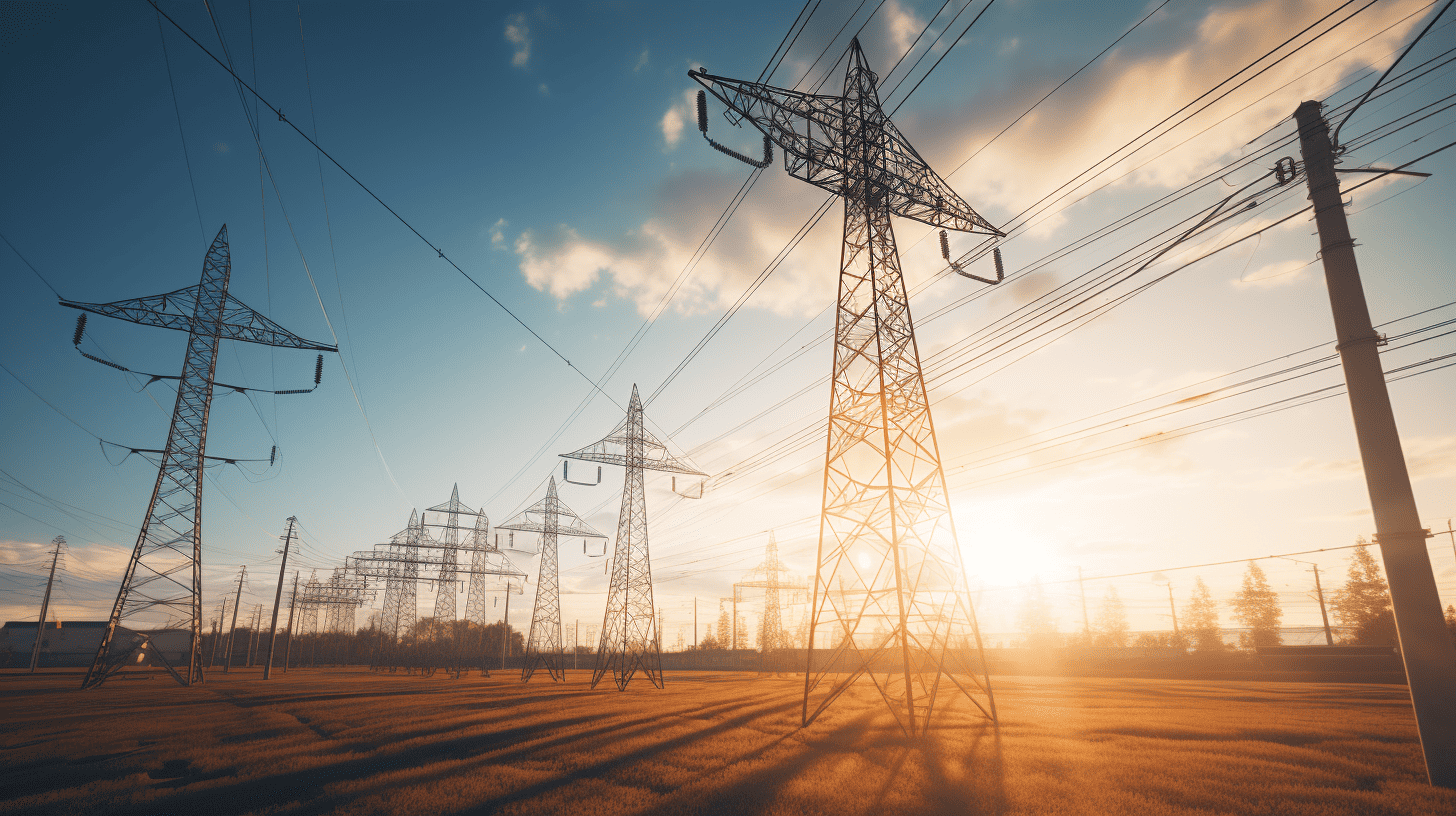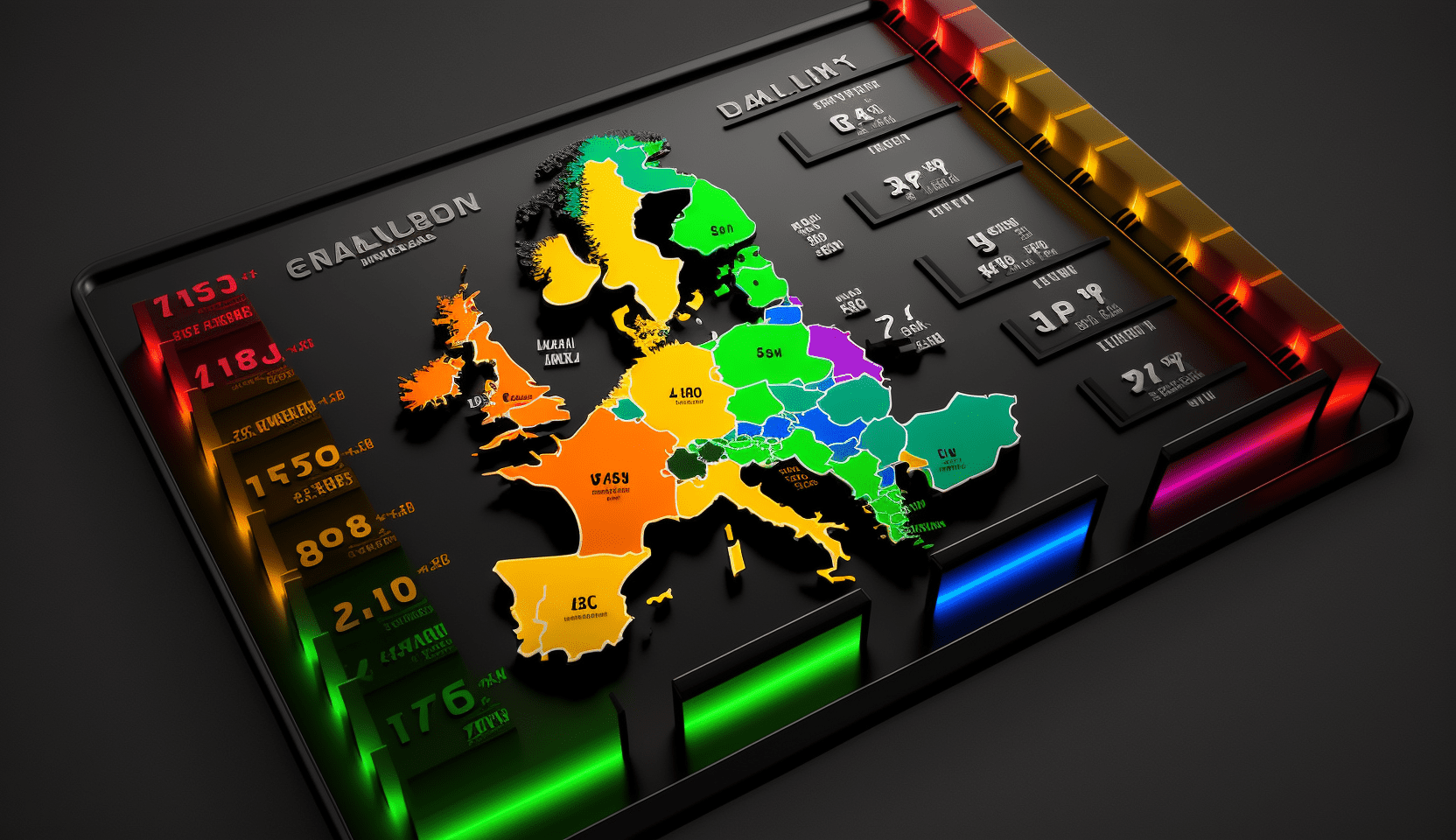
The increasing electrification in society leads to higher peak loads on the electricity grid. Some people are warning for an energy transition that is too fast. Others are hopeful for a fully electric future. In a report commissioned by the Dutch Topsector Energie program, more than 100 potential solutions are offered, all focusing on maximizing the capacity of the existing or upcoming electricity network to accelerate the energy transition. In a 12-part series, Innovation Origins spotlights the twelve most promising solutions. This is part 1: Raising awareness of network overload.
It sounds like low-hanging fruit, the most obvious thing to do when solving the issues around network overload: raise awareness. This is, however, easier said than done. The increasing demand for electricity and the subsequent overloading of the electricity network is a concern that many are unaware of. Congestion Communication is a solution that aims to promote behavioral changes to address this issue. Raising awareness about grid congestion and encouraging users to adjust their energy consumption is one of the 12 potential solutions to network overload.
- The Dutch Topsector Energy collected 100 ideas to solve the issues around grid congestion.
- One of the twelve most powerful ideas is to raise more awareness around the challenge.
- It contains solutions like a Flex Alert, gamification, and Congestion Alerts.
The primary goal of Congestion Communication is to inform individuals and businesses about the current state of the electricity network and how they can contribute to its optimal utilization. This can be achieved through various means:
- Flex Alert: A message sent to users urging them to reduce their electricity consumption temporarily. This approach has been successfully implemented in countries like the USA during heat waves, where electricity consumption peaks due to cooling needs. It works particularly well to make consumers aware of grid outages. Similar solutions are used in the UK – Triad Alerts – and Australia – Powercon powersmart.
- Gamification: Using serious gaming as a tool to educate and influence behavior through play. This method can help to create awareness about the electricity network and promote its optimal use.
- Congestion Alert: Similar to weather forecasts and traffic updates, providing users with real-time information about local network congestion can motivate them to adjust their energy consumption. This requires up-to-date network information from substations and transformers.
Educational tool
Congestion Communication not only raises awareness about network congestion but also educates the public about the broader implications of the energy transition. While technologies like smart devices and Home Energy Management Systems (HEMS) have the potential to automate demand management, they are still in development. Manual demand management, driven by awareness, can have a significant impact. Effective communication, combined with practical tools like apps, is crucial for the success of this solution.

Everyone is needed
Congestion communication creates a broader awareness about grid scarcity and that we need everyone’s help to solve it. It also contributes to a general knowledge of what the energy transition means for businesses and consumers and what adjustments it requires.
Companies and consumers in the Netherlands are used to a very high security of electricity supply. Due to overloading on the grid, this is no longer the case. New connections or reinforcements cannot always be completed within a reasonable period. Existing connections also increasingly experience an overloaded grid because of voltage problems or failures.
This solution does not require systemic interventions to be effective. Investing in awareness and behavioral change is, therefore, relatively low-threshold.
A role for stakeholders
Developing apps and other communication tools to disseminate the messages requires the commitment of technology companies and grid operators. Effective cooperation between energy suppliers, grid operators, technology providers, and consumer organizations is also essential.

The LAN, National Grid Congestion Action Program, already communicates about congestion at high and medium voltage levels. There is also the ambition of the Ministry of Economic Affairs to appoint a special Flexibility Coordinator for communication with companies. Less is currently happening around congestion at the low voltage level, but it is expected that it will soon become necessary.
A clash with dynamic pricing
One point of attention is that demand management focused on (local) grid capacity can sometimes clash with the incentives from dynamic energy prices and thus send a conflicting message to consumers.
Implementations based on forecasts, such as flex alert, are conceivable. Implementations such as congestion messages require digitization in the form of smart meters, sensors and communication systems to collect and disseminate real-time data. Such more detailed information allows for more targeted communications.
The right message, along with practical examples and supporting resources, such as apps, are essential. Also, in the context of grid congestion, it is not so much about reducing usage but rather shifting the peak load. For example, it may actually be important to use more at certain times, such as charging the car when the sun is shining.







